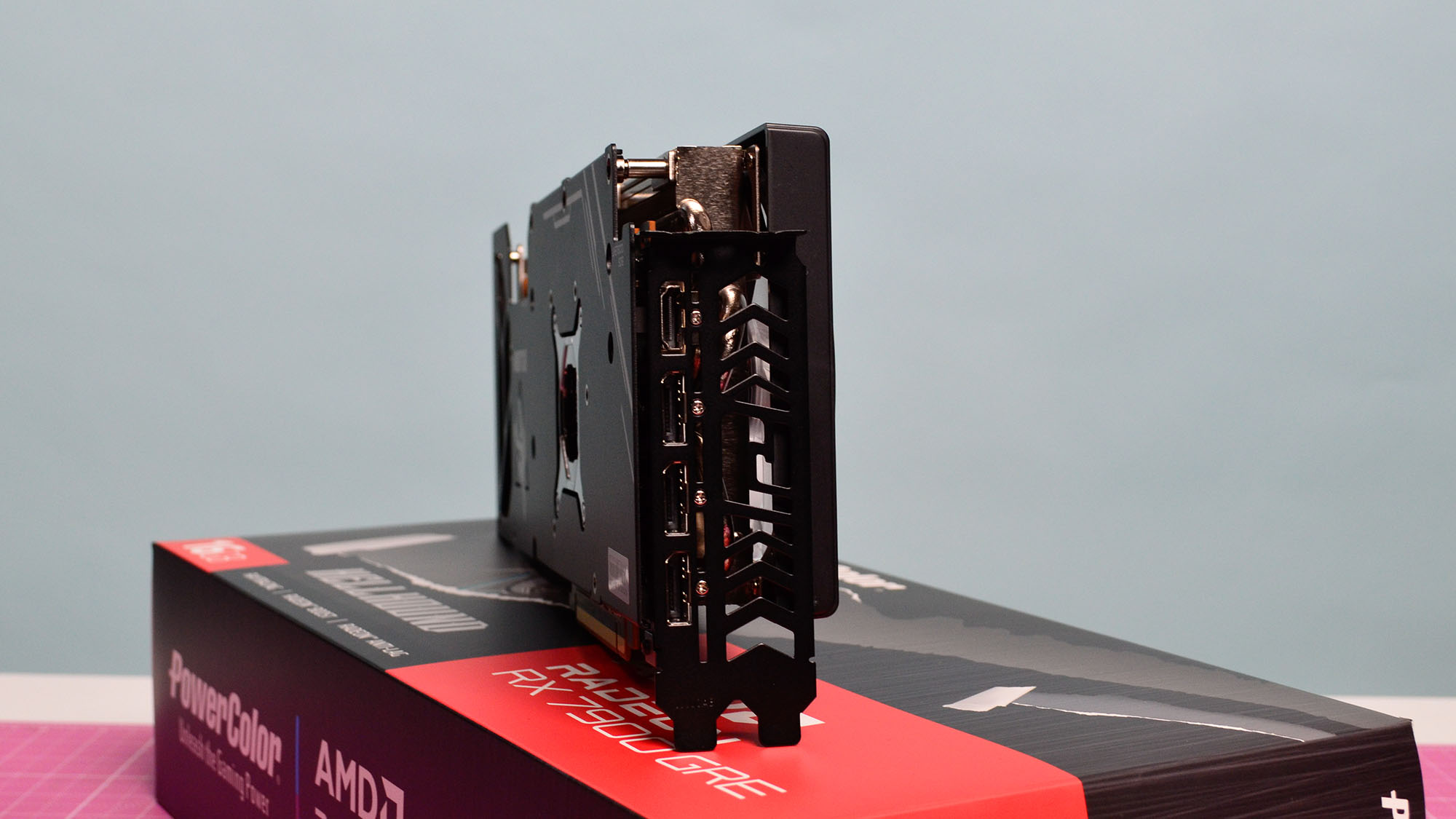It might not be long before on-board AI makes your graphics card less of a power hog
PowerColor has a new idea for NPUs, albeit with an expected trade-off

PowerColor is bringing an NPU on board its graphics cards, or that’s the plan with AMD Radeon boards it seems.
As noticed by Harukaze5719, one of the regular leakers we follow on X, the idea of this NPU is a bit different to what we’ve seen thus far with such Neural Processing Units.
PowerColor integrated NPU to Radeon GPU. (Still developing)Through AI, they claim power consumption deceased 22%. More saved than AMD Power Saving. pic.twitter.com/9I8iEikotDJune 7, 2024
NPUs are currently included with cutting-edge CPUs and are present on the chip to accelerate AI workloads and take some of the strain off the processor itself, but with PowerColor’s graphics cards, that won’t be the plan.
Instead, the board maker is introducing an NPU to intelligently adjust the power usage of the Radeon graphics card on-the-fly while gaming, meaning less power draw when you’re enjoying your favorite PC games.
According to the initial teaser for the new hardware-based AI tuning, we can expect 22% less power usage (as tested in a couple of games: Cyberpunk 2077 and Final Fantasy XV).
The catch? Well, as VideoCardz, which spotted this, points out, the power savings do mean a dip in frame rates (even though PowerColor doesn’t admit this, or at least skates around the issue, saying the graphics card maintains “high performance” with the tech).
Based on a test with Final Fantasy XV, the frame rate dropped from 118 fps to 107 fps, so that is a notable drop, but not one that you’ll realistically feel when you’re actually playing the game, to be fair. Fan speeds ran a good deal slower, too – good news on the noise front, of course, although that did mean a bit of a rise in temperature for the GPU.
Sign up for breaking news, reviews, opinion, top tech deals, and more.

Analysis: A careful and tricky balancing act
The idea is to balance not letting the temperature spike too much with pulling back the fan speed, taking a slight performance drop for a major power saving. It’s a good idea in theory – certainly as an option – though there’s already software out there (from AMD, and elsewhere) that can perform a similar job.
The thing is that PowerColor’s new NPU does a better job, as you might imagine, not just in terms of the pure power savings achieved, but also that it’s constantly monitoring in the background, adjusting variables in an intelligent manner depending on what game (or app) you happen to be running at the time. (Which is also what differentiates this from manually ‘undervolting’ your GPU, especially considering that this kind of tinkering is beyond less tech-savvy gamers, anyway).
Also, this is still early days in terms of development, so if this tech is further pushed, we may see even better results (and perhaps less performance impact, too).
It’s great to see hardware makers thinking of other uses for NPUs, and this isn’t one we saw coming. Maybe on-board AI via a dedicated NPU has a place in the best graphics cards of the future, and we’ll see other card makers introducing a similar take on taming the power usage of a GPU.
That could be particularly useful for heavyweight gaming GPUs that pull a ton of power, though in terms of the next-gen, that’s likely to be a problem Nvidia suffers from more than AMD (or Intel for that matter).
You might also like
Darren is a freelancer writing news and features for TechRadar (and occasionally T3) across a broad range of computing topics including CPUs, GPUs, various other hardware, VPNs, antivirus and more. He has written about tech for the best part of three decades, and writes books in his spare time (his debut novel - 'I Know What You Did Last Supper' - was published by Hachette UK in 2013).